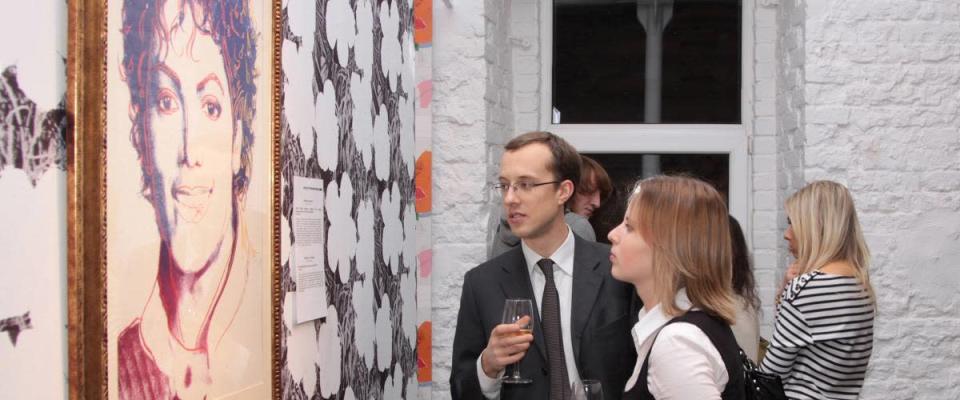Bill Ackman says inflation could actually be a ‘raging’ 10% — here are 3 creative ways to hedge

The headlines are howling that inflation is surging at its fastest rate since 1982, but the founder of a major hedge fund says the reality is even worse than it seems.
“The inflation that households are actually experiencing is raging and well in excess of reported government statistics,” Bill Ackman, CEO of Pershing Square Capital, tweeted last Friday.
The consumer price index rose 6.8% in November year-over-year, but Ackman believes the government uses “extremely imprecise” metrics that underestimate housing costs. A more accurate figure, the billionaire investor says, would be 10.1%.
Either way, consumers are facing a big hit to their purchasing power. So how should investors protect themselves?
Precious metals have always been a popular hedge, since gold and silver can’t be printed out of thin air like fiat money. And the increased demand during times of uncertainty tends to boost their value.
Still, these days, there are plenty of new ways for investors to fight inflation. Here are three options you may not have considered:
Farmland

The ultrarich have amassed farmland since the beginning of recorded history.
Today, Bill Gates — the fourth richest person in the world, with a net worth of $136.9 billion — is the largest private farmland owner in the U.S.
You don’t need an MBA to see the appeal: Farmland is intrinsically valuable and has little correlation with the ups and downs of the stock market. And even in a hyperinflationary environment, people still need to eat.
Between 1992 and 2020, U.S. farmland returned an average of 11% per year. Over the same time frame, the S&P 500 returned only 8% annually.
Thankfully, you no longer need to be a millionaire to get a piece of the action. For example, investors can gain exposure to farmland through publicly traded real estate investment trusts, like Farmland Partners and Gladstone Land Corp.
And a new platform allows you to buy stakes in individual U.S. farms. You’ll earn cash income from the leasing fees and crop sales. And of course, you’ll benefit from any long-term appreciation on top of that.
Bitcoin

Crypto advocates have long touted Bitcoin as an effective inflation hedge. Central banks can print money all they want, but the number of bitcoins is capped at 21 million by mathematical algorithms.
In fact, some consider the rise of the world’s largest cryptocurrency to be a result of people’s increasing distrust in fiat money. Year-to-date, the price of bitcoin has increased by around 60% — and that’s after its recent pullback.
If you want to buy bitcoin directly, be aware many exchanges charge up to 4% in commission fees just to buy and sell crypto. A few investing apps charge 0%.
Investors can also gain exposure through ProShares Bitcoin Strategy ETF or through companies that have tied themselves to the crypto market. For instance, software technologist MicroStrategy has built a stash of 122,478 bitcoins. Electric vehicle giant Tesla holds around 43,200 bitcoins.
Then there are pick-and-shovel plays like Coinbase, which runs the largest cryptocurrency exchange in the U.S.
It’s true that these companies are all quite pricey, trading at between $245 and $929 per share. But you can always get a smaller piece of Tesla or Coinbase by using an app that allows you to buy fractions of shares with as much money as you are willing to spend.
Fine art

Companies make profits. Farmland produces crops. Bitcoin offers an alternative payment system and can act as a store of value. What can fine art deliver?
Well, it provides the one thing that matters most to investors: market-thumping returns. Contemporary artwork has outperformed the S&P 500 by a commanding 174% over the past 25 years, according to the Citi Global Art Market chart.
Artwork is becoming a popular way to diversify because it’s a “real” physical asset with little correlation to the stock market, much like precious metals or real estate.
On a scale of -1 to +1, with 0 representing no link at all, Citi found the correlation between contemporary art and the S&P 500 was just 0.12 over the past 25 years.
Earlier this year, Bank of America’s investment chief Michael Harnett singled out artwork as a sharp way to outperform over the next decade — due largely to the asset’s track record as an inflation hedge.
Investing in art by the likes of Banksy and Andy Warhol used to be an option only for the ultrarich, like Ackman. But with a new investing platform, you can invest in iconic artworks just like Jeff Bezos and Bill Gates do.
This article provides information only and should not be construed as advice. It is provided without warranty of any kind.




